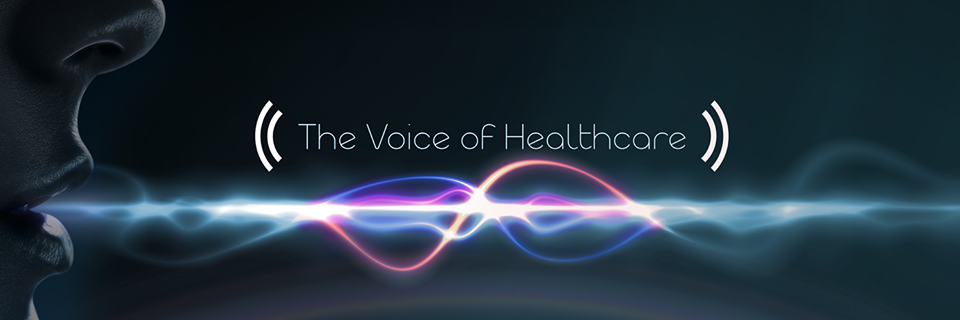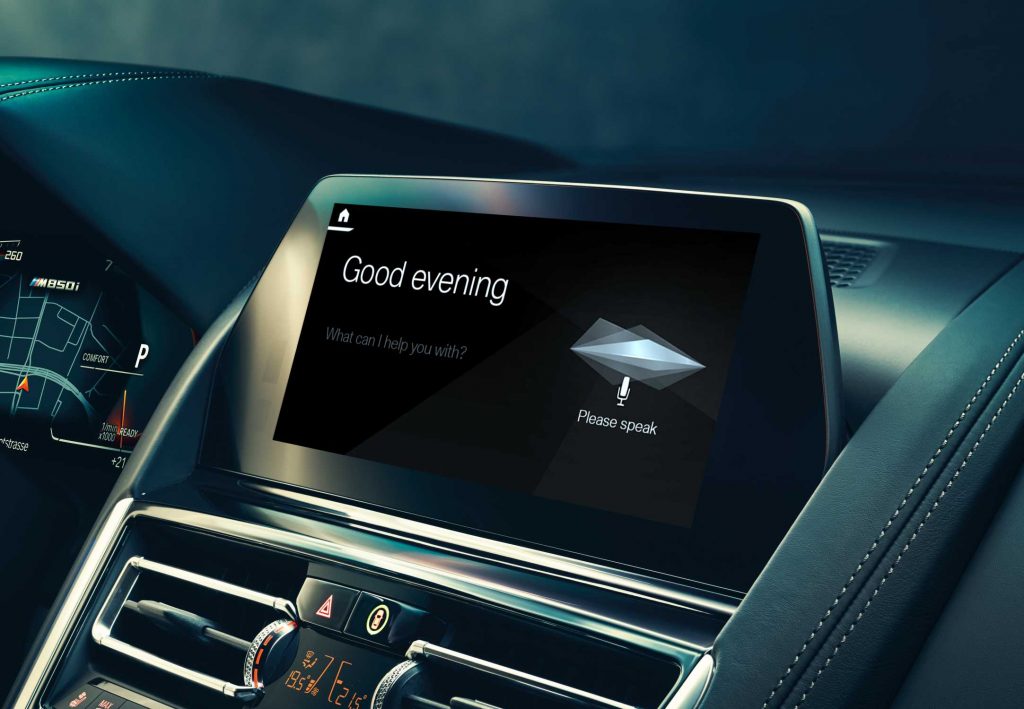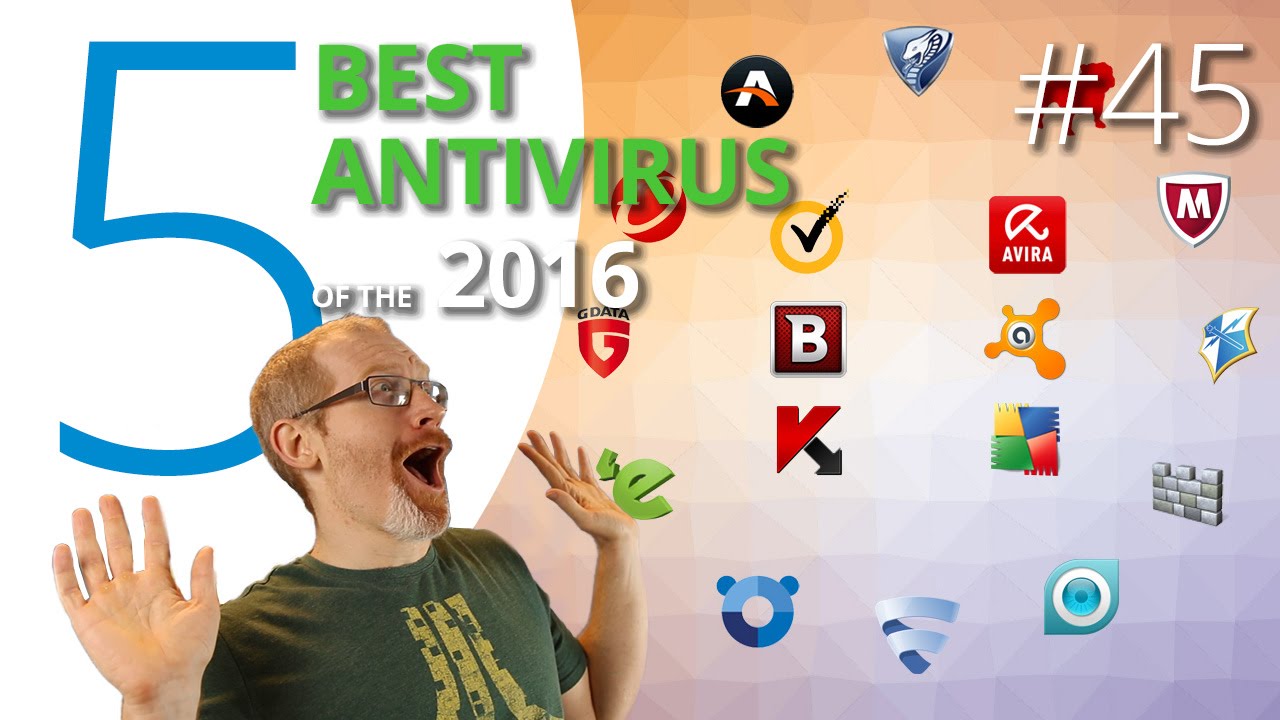9 emerging consumer trends (2020-2021)
Saying the past year has been eventful is an understatement. With so much going on in the world right now, consumer behaviour was bound to change.
Here are 9 emerging trends in consumer behaviour for 2020-2021
1. Livestreaming + Shopping = Shopstreaming
Viya is China’s star saleswoman with a $60 billion ecosystem of live online shopping.
She is 34 years old and in May 2020, she hit a record-high audience of more than 37 million, more than the “Game of Thrones” finale or the Oscars.
Viya sells everything: from cosmetics to furniture to doorbells, but she also sold cars, houses and a rocket launch.
Her livestream show is a combination of several current tech trends—streaming, influencers, social, commerce and it’s a success many only dream about: each night her audience places orders worth millions of dollars.
Viya is not the first livestream sensation. In 2017, pearl businessman Xinda Zhan nicknamed Pearl Bro made $4.4 million in half a year from live-streaming the process of harvesting the pearls.
2. Growing our own vegetables
According to the latest statistics, 76% of the world’s population now live in urban areas.
People’s need for a closer supply of nutritious food has increased in recent years, and the pandemic enhanced it even further.
Urban farming or vertical farming is on the rise globally, and innovative technologies provide people turned urban farmers with tools to help them grow more produce at less space.
Urban farming is sustainable and clean: urban farmers grow their own vegetables in indoor spaces free of pesticides or herbicides. A 2019 study reports that global urban farming is expected to reach $288.71 billion by 2026.

Agricool founders: Guillaume and Gonzague / image source: agriculture.gov.fr
Agricool is a French startup growing vegetables and strawberries in shipping containers before selling the produce in stores within 15km of where the food was grown. The company has raised around $39m to date.
3. Seeing the doctor is now going digital
Today the world is still fighting the coronavirus pandemic with serious consequences for every one of us. At the time of writing, twenty-five million people have been infected and you can count the number of COVID-19-free countries on one hand.
Digitalization, albeit forced has been one of the positive changes (if not the only one) the pandemic has brought to the business environment.
Healthcare is one of the industries that require an in-person presence at a specific location: a doctor’s office.
With every country asking its citizens to go into quarantine and avoid public spaces as a measure to fight the pandemic, healthcare providers have adopted the digital solution: doctors consult, monitor and treat their patients online whenever the situation allows.

Vocalis Health is a tech startup which uses voice to monitor health. The company’s AI-driven software assists healthcare workers with screening and monitoring patients with a variety of voice-affecting diseases, including chronic respiratory or cardiac conditions or depression.
Tele-ICU is a centralized remote patient monitoring centre enabling off-site clinicians to interact with bedside staff to consult on patient care.
How does it work? Using A/V conferencing and a real-time data-stream of patient information from multiple interfaces, a physician working from a care centre in New York City can rapidly care for a patient in Seattle, day or night.
Other healthcare providers have set up virtual clinics where patients communicate with doctors via live video and audio. The patient saves on transportation time and costs.
According to GlobalWebindex, 70% of internet users in the U.S. and the UK believe technology will play a key role in managing their health and wellbeing in the near future. 50% of said the ability to find doctors and make appointments online, to access all of their health information online and consult with a doctor by a phone/video call could help them manage their health more effectively.
Also, the report found there’s strong demand for digital health technologies such as a symptom checkers, wearable devices to monitor health, health tracking apps, digital health assistants or digital health coaches.
4. Design a home that is good for you
Homo sapiens built out of necessity – to protect his family from nature’s elements and hungry predators. The early ancient civilizations – the Egyptians, the Chinese, the Mesopotamians built structures as a testament to their culture and civilization. Modern civilizations benefited from advanced technology. But this was not always good for our health.
In the 20th century, sick building syndrome was identified, a medical condition where people in a building suffer from symptoms of illness or feel unwell for no apparent reason. This syndrome is linked to various causes: inadequate ventilation, deteriorating fibreglass duct liners, chemical contaminants from indoor or outdoor sources, biological contaminants, traffic noise, poor lighting, moulds.
In the 1990s, new standards of construction were developed designed to protect the environment such as the BREEAM and LEED standards.
In recent years, a new standard has been implemented – the WELL Building Standard.

image: greenengineer.com
The WELL Building Standard is defined as “the premier standard for buildings, interior spaces and communities seeking to implement, validate and measure features that support and advance human health and wellness.”
The standard covers seven core design aspects: Air, Water, Light, Nourishment, Fitness, Comfort, and Mind.
5. The premiumization of human contact
Technology pervades almost every aspect of our daily lives. The smartphone that we all have in our pockets serves many of our needs from communication, placing orders for food, clothes, transportation to booking appointments with our doctor or coach and taking exams or being entertained.
In the past few years, voice assistants have become very popular whether integrated into our smartphones or standalone such as Amazon’s Alexa. They have influenced consumer behaviour (voice shopping) which has given rise to a new type of commerce – voice commerce.
62% of those who regularly use a voice-activated speaker say they are likely to buy something through their voice-activated speaker in the next month and 44% say they order products (groceries, household items, etc.), at least once a week (discover more about how voice is changing customer behaviour).
Yes, technology is convenient and helps us do things faster, but technology is not a proxy for the human connection.
And having human interaction is something we long for and ultimately need to maintain balanced mental health.
In 2019, 62% of global internet users said they are constantly connected online. What does that mean in hours a day? Almost 7 hours online every day compared with 5 hours and 36 minutes in 2012. And that’s not good for our health, sleep, and relationships as we have become increasingly prone to anxiety and depression.
Everyone has access to technology: low-income and high-income alike.
Unplugging from technology is another thing and as the GlobalWebIndex report shows, the affluent have the freedom and power to unplug. Going technology-free is expensive and only the rich can afford it.

High-income levels are also associated with a preference for human-driven customer service.
52% of high-income earners said they typically interact with a business face-to-face compared with 42% of low and 41% of middle-income earners.
When asked what their preferred method of interaction is, high-income earners were nearly twice as likely as middle and low-income earners to say that it’s face-to-face interaction with a human.
Brands offer human-driven customer service as a premium service: talking to a chatbot costs less than talking to a human representative.
6. Digital OOH for consumers in motion goes underground
With high-income earners unplugging from digital screens and 48% of internet users employing an ad blocker, how are brands going to reach their consumers?
Out-of-home advertising or OOH may be one of the available solutions for marketers.
According to GlobalWebIndex stats, OOH focused on consumers in motion is poised to hit the next level of mass reach, visual impact and location targeting in 2020.
Thanks to developments in OOH technology, brands can serve consumers dynamic creatives based on environmental factors such as weather, location and time of day.
This makes advertisements highly-relevant and when combined with a little bit of entertainment, it could influence consumer’s behaviour.
In the UK, video OOH now reaches more than 32.5 million people each month—that’s nearly half the population of the UK, and a broadcast reach that historically only TV has been able to offer.
56% of those in the U.S. and UK who travel by an underground or subway system said they could recall a billboard ad from the last week – markedly higher than the number of train (44%) and bus travellers (47%) who said the same.
35% of travellers by underground said they searched for something and later made a purchase after seeing a billboard ad in the last week.
Do you plan to use DOOH?
Go underground for maximum results!
7. Car, order three chicken wings, a pound of cheese and one milk bottle! – The commuting consumer
As you’ve read in this article, voice assistants live in our homes and are an integral part of smartphones.
But what about our cars?
The average American spends 10 hours and 50 minutes in their cars per week. While driving, there isn’t much you can do except listening to music or immerse yourself in thoughts. If you would like to order something for dinner, you could do so by using your car’s embedded voice assistant.

BMW Intelligent Personal Assistant/source: press.bmwgroup.com
Connected cars embedded with voice assistants are growing in number.
BMW has already integrated Amazon’s Alexa into their cars and Visa provides its partners with Visa Token Service, an in-car digital wallet which makes payments simple and secure.
8. ‘Cancel culture’ or ‘call-out culture’
According to the latest report of market intelligence agency Mintel, brands should expect to see a rise in consumer backlash over the next 10 years as consumers continue to find their voice in the digital era.
It’s a trend in consumer behaviour that has become increasingly visible following the latest changes in society calling for diversity in the business world. The Mintel researchers call it the ‘cancel culture’ or ‘call-out-culture’.
Consumers want companies and brands to stand for something.
Think Nike’s Dream Crazy, Iceland’s banned TV Christmas Advert Say Hello to Rang-tan, Gillette’s The Best Men Can Be or Barbie’s Close The Dream Gap (read about them).
While some are controversial, every one of these ads raised awareness on a specific subject that brands haven’t tackled yet.
When brands fail to do the right thing by their employees, they are met with protests and call-outs.

2018 Google walkout/image source: nytimes.com
In 2018, 20,000 Google employees walked off the job in protest of the company’s handling of sexual harassment allegations, turning tech workers into activists.
For some brands, change is now coming from employees putting pressure on the management, not the other way around. Brands are urged into updating their rules and regulations to provide every employee with equality and transparency.
With Black Lives Movement extending worldwide, consumers are expecting workplaces to become more diverse and inclusive. Some brands have been called out for joining the movement just to tick another box or for being disingenuous.
9. Consumers as owners of their data
In exchange for convenience and personalized experience, brands told consumers to give their personal data and relinquish any control over it.
We now know how brands used their consumers’ data and the damage they have caused.
According to the latest PwC report, consumers are demanding both a better, data-enabled experience and more flexibility and control over how their information is used.

New regulations around data privacy and security support consumers acting like owners of their data and slowly recognising that it has commercial value.
Californian businesses are required to provide “a good-faith method for calculating the value of the consumer’s data.”
Respondents said they were willing to share their personal information under certain conditions which included the following:
– receiving financial compensation for it,
– enjoying a more personalised experience,
– being able to share data with only those they trust or not sharing it with third parties under any conditions.
Conclusion
There you are – 9 emerging trends in consumer behaviour.
How is your brand going to capitalize on them?
Are any of them relevant to your industry?
Join the Conversation
We’d love to hear what you have to say.
Get in touch with us on our LinkedIn Group, Facebook Group or Twitter.
How to choose the best antivirus software for you – Part II
We continue the list of pieces of advice that will help you take a very documented and precise decision while choosing your antivirus software, after last week’s article.
According to pcworld.com, to find out about the biggest names in antivirus, you should visit AV-Test’s Windows home users page. Here, you’ll find a breakdown by Windows version, with each program rated on three criteria: protection, performance, and usability. The companies are listed in alphabetical order, but you can click on any of the criteria points to get a ranking based on that (performance, for example). Each category is rated on a six-point scale represented by a group of circles. More colored-in circles means a better score.
According to heimdalsecurity.com, 3 ways you can find the best free or paid antivirus for you are through: user opinions, expert reviews and independent testing.
Cybersecurity forums are still some of the best places you can check to find good and trustworthy reviews and comparisons of antivirus software. You may also use Quora (The website is designed so you can quickly access your areas of interest. You can ask a question or just simply browse it looking for your areas of interest), yahoo answers (centers on the experience and knowledge of everyday users rather than the knowledge of experts), reddit (Ask Reddit users to compare various antivirus software and you will end up with a very lively conversation among users that covers almost every antivirus program imaginable. ‘Redditors’ will talk at length about the pros and cons of one antivirus or another.), trustpilot (Reviews of antivirus programs are another way to choose the product that fits your needs. Most people read the reviews on the developer’s page, but it’s impossible to be sure which review is real and which isn’t.).
The next step would be looking for the experts’ opinions, that are well-documented.
Paid-for antivirus software
Many people keep their computer safe by paying for a security suite, which will usually include antivirus software, protection against scams and a firewall. Most brands have options for just one device or, for more money, multi-user licences so you can install the same protection on two or more computers in your home. Some also allow you to pay extra up-front for a further year or two of cover.
Pros: Provides an all-round security solution accessed through a single interface. Individual components are automatically updated at the same time so you get protection against the latest threats. Cons: They can be expensive and you’ll also face ongoing costs, usually in the form of an annual subscription, to receive updates after the initial period of protection is over (usually a year). Some security suites can place a drain on system resources, too, potentially slowing down your computer.
Pay attention to the performance
Security products are, by nature, programs that require quite a bit of computing resources in order to do their job. They will definitely use more computing power than your media player, for example. If your computer is not the most powerful on the market, you should take into consideration the performance aspect:
- Have a small impact on the boot timings of your computer. Your Windows should start almost as fast as it did before you installed your security product.
- Have a small impact on your computer’s performance. A very effective security solution is no good if it bogs down your computer. A good security product will know how to use your computer’s resources in a way that doesn’t negatively impact your computing experience in terms of performance and responsiveness.
- Be fast in scanning your computer for malware. Good antiviruses tend to be faster than others when it comes to scanning your computer for malware threats.
When choosing the right security product for you, you should check whether the additional tools are:
- Security-oriented. If a security product gives you for free additional tools that are not security oriented, we believe that they are not worth buying. Those tools are probably just a means to a marketing end.
- Useful. Whatever they do, the additional tools you get when buying a security product should be useful to you. They shouldn’t be just clones of tools that are already found in Windows.
- Don’t harm your security or your privacy. Some vendors choose to bundle additional tools that are not helpful in increasing your security or privacy. On the contrary, they are harming it. If a security solution includes shady toolbars, web browsers, browser add-ons or any other tools that lower your security or privacy, you should stay away from that product.
- Don’t involve additional costs. If you need to pay more money in addition to what you already paid for the security suite, they’re not worth it.
Usability is key
According to Digital Citizen, a good security product must be easy to use both by knowledgeable users as well as casual users with little to no knowledge about security. Here are some of the facts that they are pointing out:
- Be easy to navigate. A good security solution should provide you with an intuitive way of navigating through its various windows, tabs, menus and settings.
- Be easy to use on devices with touchscreens. The era of the plain old monitor is dead. These days, the number of PCs with a touchscreen on them is increasing at a very fast rate. Thus, more and more people use touch in order to control how software works. A good security product should have large buttons, tiles, switches of all kinds, check marks and so on – control elements that are easy to touch with your finger too, not only with a mouse’s cursor.
- Be easy to understand. No matter how easy it is to navigate through a user interface, it’s no good if you don’t understand what each and every item and setting means. The configuration options that are offered should be easy to understand by all users.
- Be easy to configure. Good products are products which are easy to set… not like those at IKEA :). Security products should be easy to configure.
- Provide you with easy to find documentation. Just like any good product, good security products must provide an easy way to access their documentation. If Help documentation is available but you can’t find it, what’s the point?
- Give you complete control of how it works. Many people look for security products that don’t require any special configuration. But there are also people who want to set each and every detail of how a security product works. If that’s the case for you, a good security product must provide you with complete control.
According to heimdalsecurity.com, “ no single antivirus solution is enough to keep you safe. Even antivirus developers encourage you use multiple security software programs to keep you safe. If malware passes one software, they will have to face another, and with each new step chances of infection drop dramatically”.
And last, but not least, your attention and your smarts are some of the best antiviruses out there. Pay attention before opening any mail or links received on social media websites, delete the suspicious ones.




